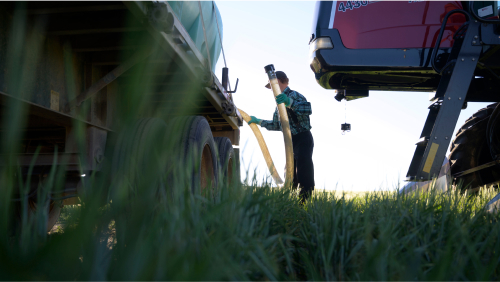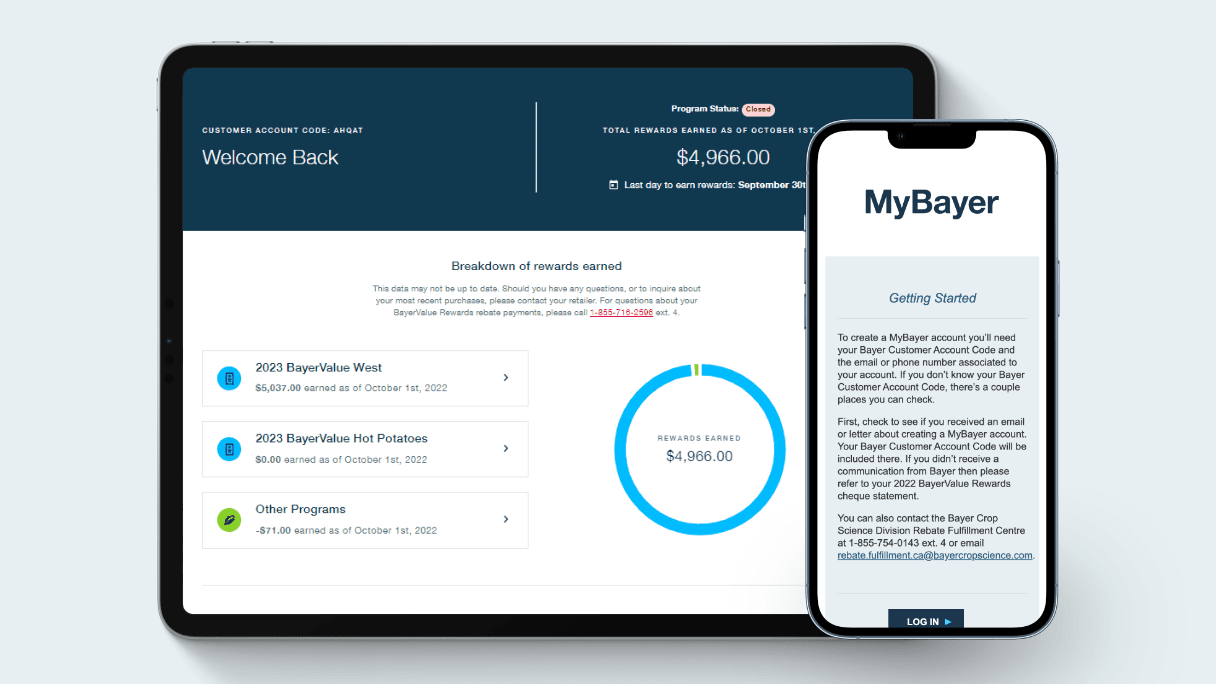Prosaro PRO
title-product-highlights
Prosaro PRO, designed for you, the professional wheat and barley grower who is looking to maximize your return on investment
Delivers exceptional protection from fusarium head blight (FHB) and reduces deoxynivalenol (DON)
The first foliar fungicide registered in Canada with ergot on the label
Provides elite control of all major leaf diseases including blotch (glume, leaf, net, spot), rusts (leaf, stem, stripe) and tan spot
A multi-mode of action solution containing three powerful active ingredients: Prothioconazole (Group 3), tebuconazole (Group 3) and fluopyram (Group 7)
Delivers a healthy, green crop without impacting maturity
product-details-heading
| crops | groups-active-ingredients | formulation-type | packaging |
|---|---|---|---|
Barley Oats Wheat (Durum, Spring, Winter) | 7 Fluopyram | Suspension Concentrate | 6.07 L jug = 20 ac. 97.17 L drum = 320 ac. |
| crops |
|---|
Barley Oats Wheat (Durum, Spring, Winter) |
| groups-active-ingredients |
|---|
7 Fluopyram |
| formulation-type |
|---|
Suspension Concentrate |
| packaging |
|---|
6.07 L jug = 20 ac. 97.17 L drum = 320 ac. |
| diseases-controlled | diseases-suppressed |
|---|---|
Crown rust Leaf blotch Leaf rust Net blotch Powdery mildew | Ergot Fusarium Head Blight |
| diseases-controlled |
|---|
Crown rust Leaf blotch Leaf rust Net blotch Powdery mildew |
| diseases-suppressed |
|---|
Ergot Fusarium Head Blight |
Performance Data
title-use-mixing

title-additional-guidelines







